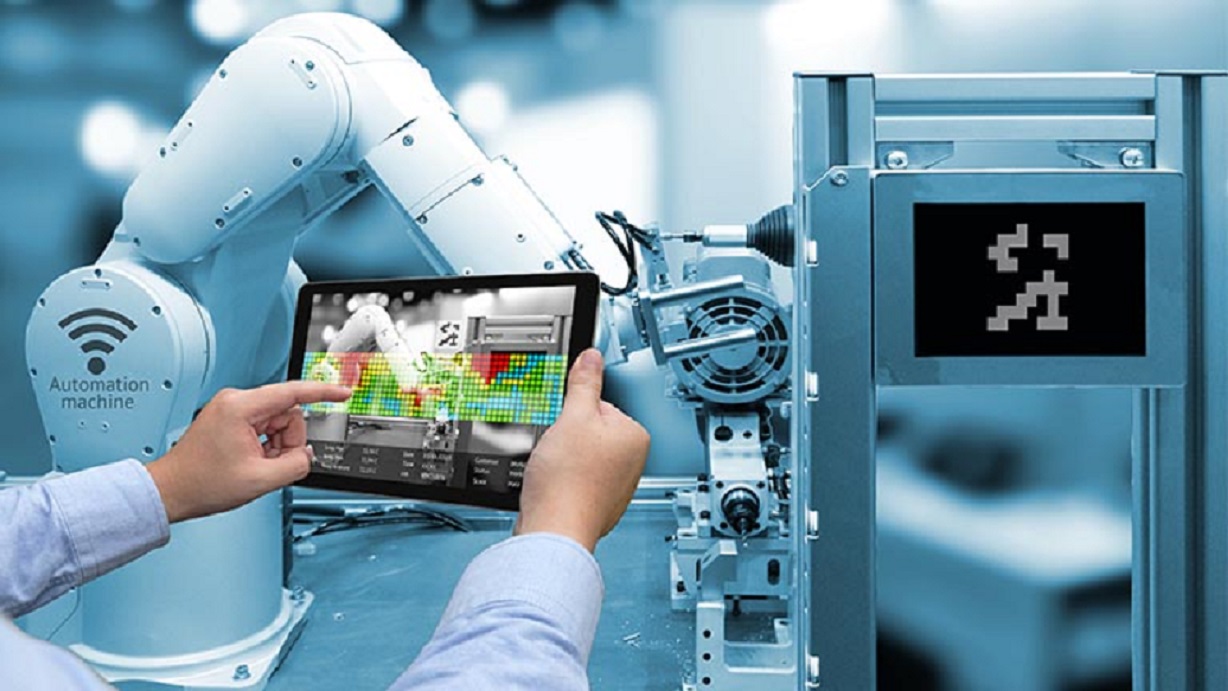(Image source: avnet.com)
Predictive Maintenance (PM) helps factory managers be more proactive and in control of their repair programs, rather than just watching and waiting for the next breakdown.
In the past, factories had to repair or replace a device or part of it at the time of a breakdown. At that time, careful inspection of the factory’s various equipment was required at the factory site, so manufacturers and factory managers could only react once. That a breakdown had occurred. Reactive Maintenance (RM) systems are problematic because in this method we face equipment failure that suddenly stops operations and can lead to a lot of damage to the company. Increased maintenance costs, reduced equipment life, less safety And inefficient maintenance practices are all the result of a reaction to failure.
Increasing the number of Internet of Things (IoT) devices, such as sensors, implementing preventative maintenance systems, can lead to significant cost savings and increased revenue for large enterprises. As the use of IoT technologies (Industry 4.0 or IIoT), big data and artificial intelligence in corporate manufacturing equipment, preventive maintenance (PM) is the best way to examine the applications of Industry 4.0. These include the deployment of Internet of Things (IIoT) sensing systems, the digitization of previous physical methods to strengthen cyber systems, and the implementation of IT data-based automation and operations control.
Instead, they are a rich set of industrial applications: from flexible automation and preventive maintenance, to digital twins. Digital twins are virtual replicas of physical devices that data scientists and IT professionals can use to perform simulations. Before building and deploying real devices) and enable supply chain management optimization. The Internet of Things (IoT) can collect large amounts of digital data about the condition of machinery and equipment. This data set is obtained using various sensors such as vibration sensors, sound sensors, temperature sensors, power consumption sensors and thermal cameras. The data from these IoT devices will not only be invaluable in studying and understanding the life patterns of machines, but can also help make decisions about the best timing for maintenance.


